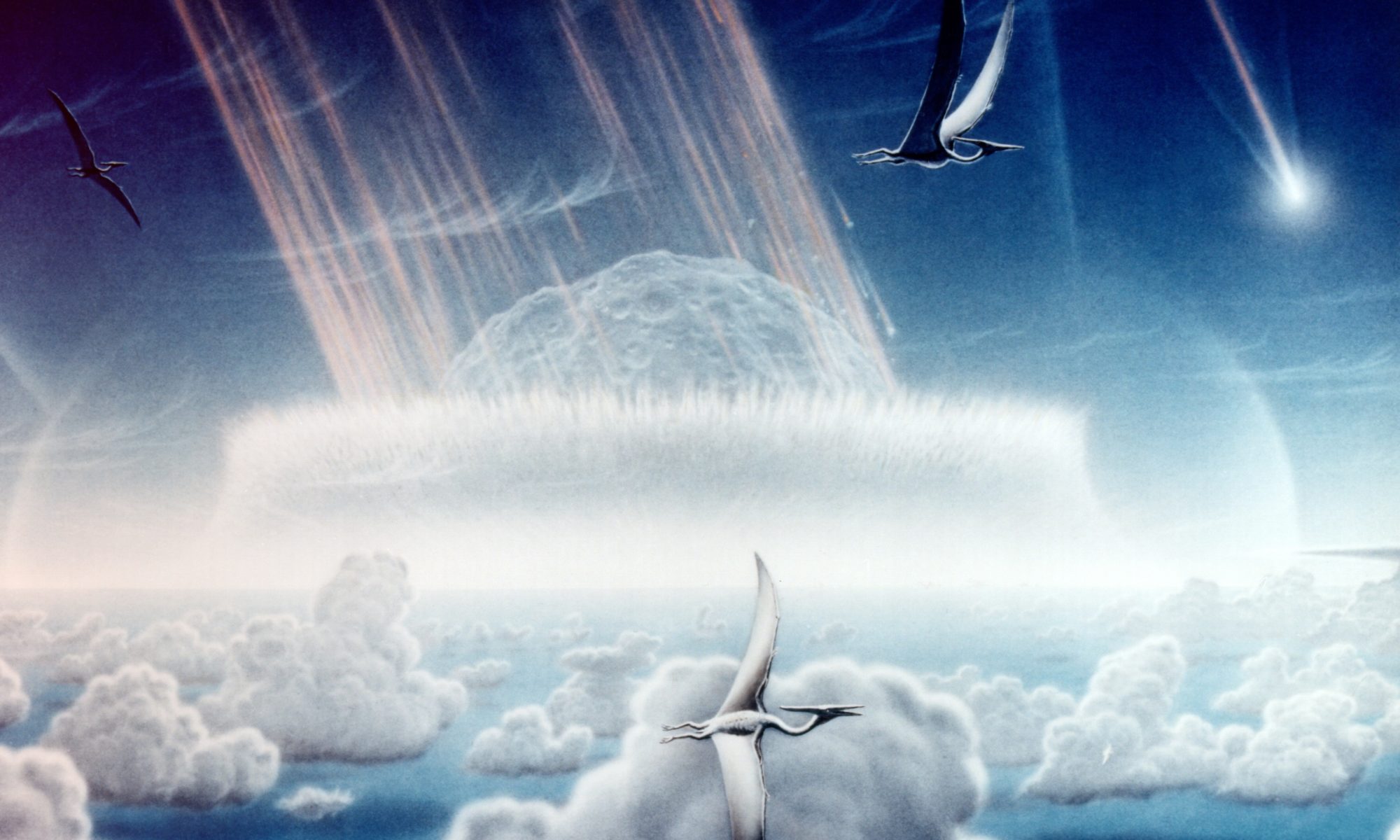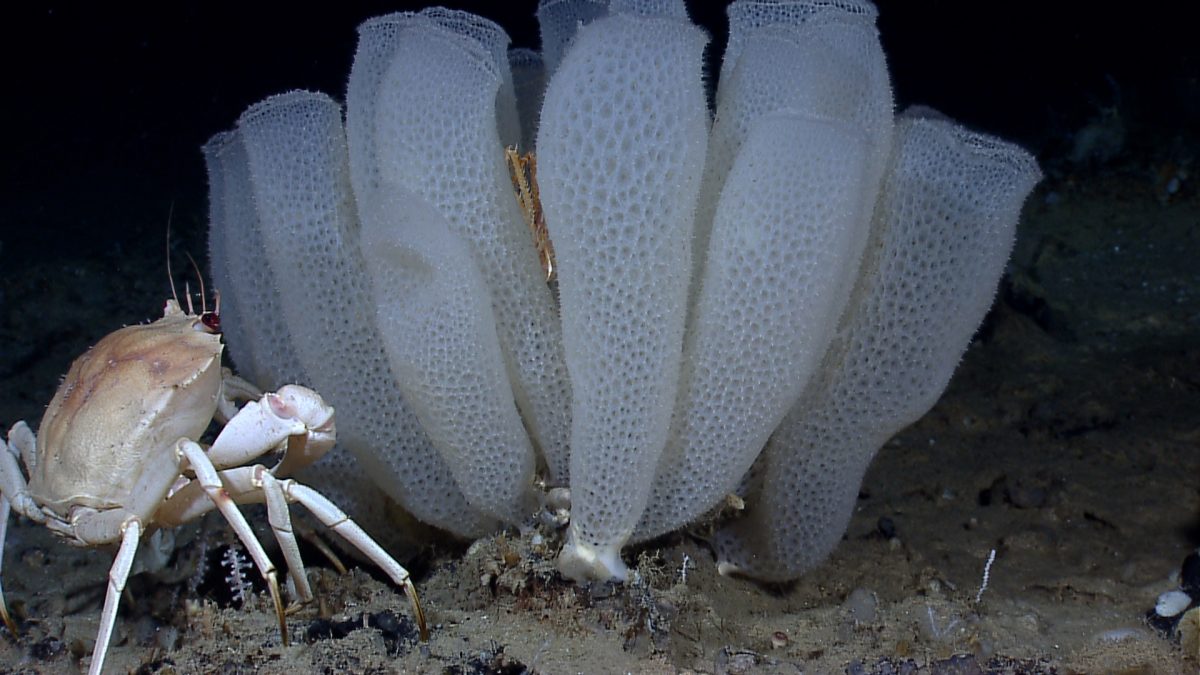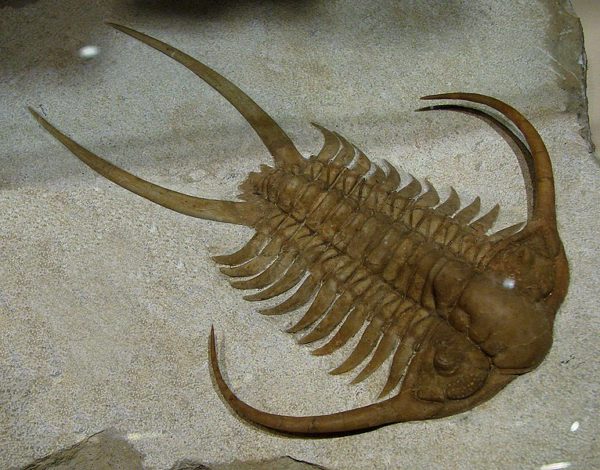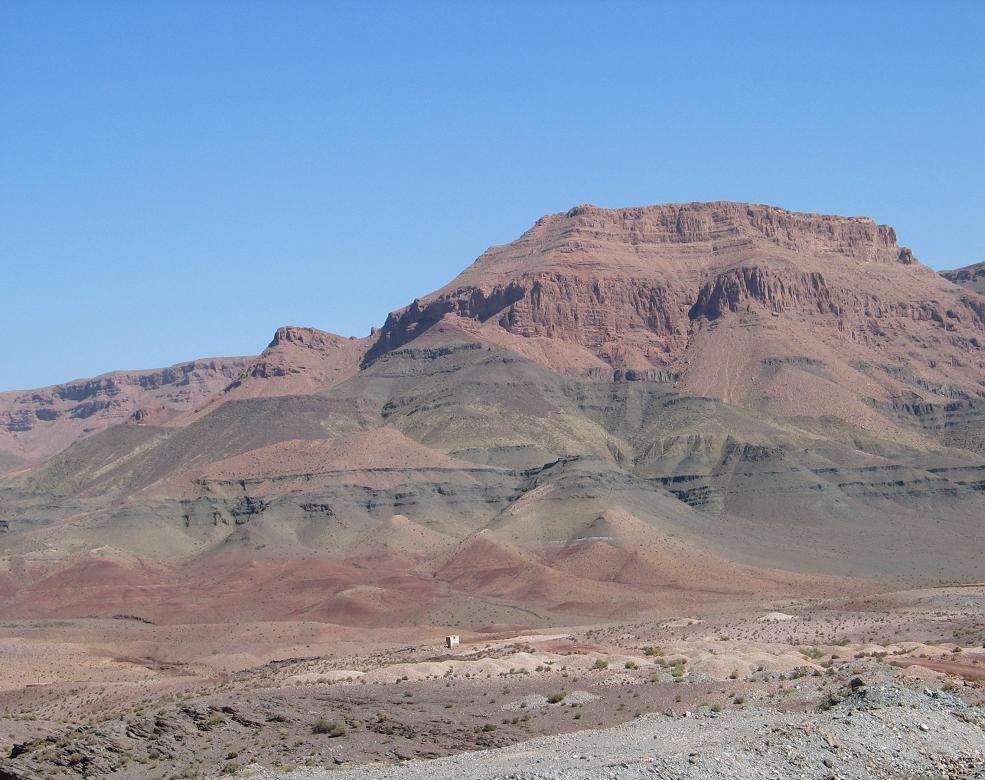Featured Image: It is well-understood that the Earth’s biodiversity is in severe decline. However, it is less clear if this decline can now be called a mass extinction. Public domain image via. The Wilderness Society.
Paper: The Sixth Mass Extinction: fact, fiction, or speculation?
Authors: Robert H Cowie, Philippe Bouchet & Benoît Fontaine
Human-driven emissions and land use changes have impacted Earth’s biosphere greatly, causing global extinction rates to climb fast. However, does the current undeniable biodiversity crisis meet the requirements to be called a mass extinction?
Continue reading “Getting to Grips With the Sixth Mass Extinction”




